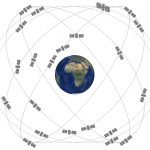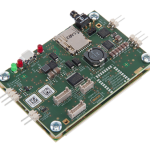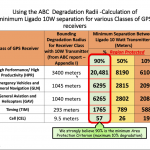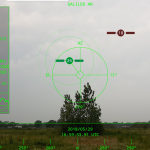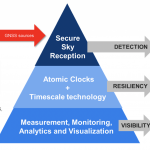August 7, 2018
The United States Geospatial Intelligence Foundation (USGIF) is excited to announce the addition of Al Di Leonardo and Patty Mims to the Foundation’s Board of Directors. USGIF’s Board includes 26 directors representing the many aspects of the broad and expanding GEOINT Community.
Di Leonardo is an experienced intelligence and special operations officer and is widely recognized as a subject matter expert in analytical tradecraft, and Mims is currently director of Global National Government at USGIF Organizational Member Esri.
“I am pleased that professionals of this experience and caliber are part of the USGIF leadership,” said The Honorable Jeffrey K. Harris, Chairman of USGIF’s Board of Directors.
Di Leonardo has more than 25 years of government experience centered at the National Security Agency, the National Geospatial-Intelligence Agency, and Joint Special Operations Command. As a career U.S. Army Intelligence Officer, he earned the Bronze Star Medal from U.S. Special Operations Command (SOCOM) for his work in Afghanistan and Iraq and led SOCOM’s first geospatial big data innovation cell. After retiring from the Army, Di Leonardo founded HumanGeo, a tech company that created software solutions at the intersection of big data, social media, and geospatial intelligence that he later sold to The Radiant Group. As president of The Radiant Group, he led the integration of five companies while simultaneously rebranding the team as “Radiant” and significantly growing revenue, leading to Radiant’s acquisition by DigitalGlobe.
“Al brings rich operational and analytic experience across important market sectors to the USGIF boardroom,” Harris said. “His understanding of both mission and business effectiveness will be invaluable to help drive the USGIF working groups and technical forums.”
In her current role at Esri, Mims oversees all business development across the U.S. federal government, including intelligence, defense, public safety, and civilian as well as provides support to nonprofit programs globally and national government organizations around the world. Mims was Esri’s Director of Intelligence Programs from 2012 to 2015, and in this role managed all activities across the U.S. Intelligence Community and State Department. She has also held positions at Esri as team lead for the company’s Defense Installation Team and account lead for the Defense and Intelligence Team. Prior to joining Esri, Mims worked for an international software company where she supported customers around the world as manager of Technical Support and Training.
“Patty operates at the intersection of commercial and defense and intelligence geographic information systems,” Harris said. “Her market understanding and technical expertise will add great value to the Foundation as we help build improved tradecraft.”
By Inside GNSS



